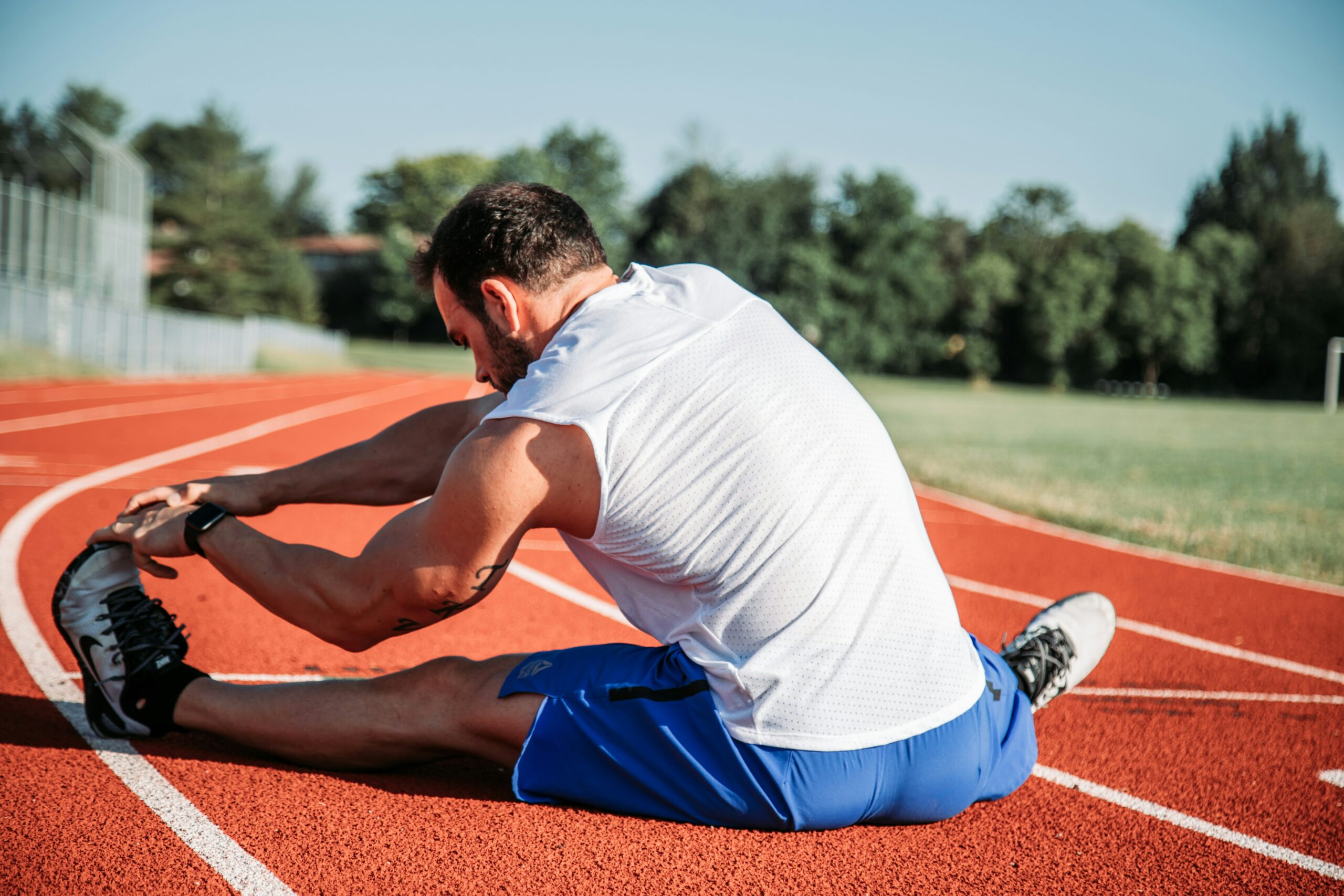In the adrenaline-fueled world of sports, injuries are an unfortunate reality. Whether it’s a sprained ankle on the football field or a head injury in a game of rugby, sports injuries can happen anytime, anywhere. That’s why having a basic understanding of first aid is crucial for coaches, teachers, and assistants working with sports teams.
Here, we’ll delve into the fundamentals of first aid for sports injuries, covering common injuries and the essential skills needed to address them effectively.
Understanding Basic First Aid
First aid is the initial assistance or treatment given to someone who is injured or suddenly taken ill before full medical treatment is available. In the sports world, basic first aid skills can make a huge difference.
At the very least, timely intervention by a trained first aider can reduce the recovery time of an injury and get the athlete competing again as soon as possible. More critically, first aid can be the difference between a minor incident and a serious medical emergency. These skills encompass a range of techniques designed to stabilise injuries and alleviate discomfort until professional medical help can be sought.
Common Sports Injuries
Sports injuries come in various shapes and forms, ranging from minor bruises to more severe fractures. Some of the most common sports injuries include:
Head Injuries
Head injuries are a serious concern in sports, especially contact sports like football and rugby. Symptoms may include dizziness, nausea, and loss of consciousness.
Sprains and Strains
Sprains involve the stretching or tearing of ligaments, while strains affect muscles or tendons. Both can occur from sudden movements or overexertion during sports activities.
Fractures
Fractures, or broken bones, can result from falls, collisions, or repetitive stress. They require prompt attention to prevent further damage and promote proper healing.
Bruises and Contusions
Bruises and contusions are common minor injuries caused by blunt force trauma. While usually harmless, they can be painful and may require first aid treatment.
Cuts and Scrapes
Cuts and scrapes are inevitable in sports with physical contact or equipment use. Proper wound care is essential to prevent infection and promote healing.
Heat-related Injuries
In hot and humid conditions, athletes are susceptible to heat-related illnesses like heat exhaustion and heatstroke. These can be life-threatening if not treated promptly.
Tips for Reducing the Chance of Sports Injuries
While first aid is crucial for addressing sports injuries, prevention is always better than cure. Here are some strategies to reduce the risk of injuries:
- Ensure proper warm-up and stretching routines before sports activities.
- Use appropriate protective gear, such as helmets, pads, and braces in training as well as during competitive events.
- Maintain hydration and adequate nutrition to support physical exertion.
- Encourage rest and recovery between training sessions to prevent overuse injuries.
Training and Preparedness
Being prepared for emergencies is essential for anyone involved in sports activities. Coaches, teachers, and assistants should undergo first aid training to equip themselves with the necessary skills and knowledge to handle injuries effectively.
The best way to do this is by undertaking a first aid course. Rehabilitation from injury will require specific medical attention and/or physiotherapy, but at the time of the incident, first aid intervention can be critical.
Once trained, regular drills and simulations can also help reinforce emergency protocols for practitioners and improve response times during critical situations.
When to Seek Professional Help
While basic first aid can address many sports injuries, some situations require prompt medical attention. It’s essential to recognise the signs and symptoms that warrant professional help, such as:
- Severe pain or swelling that doesn’t improve with home treatment.
- Inability to bear weight or use the injured limb.
- Persistent dizziness, confusion, or loss of consciousness.
- Signs of infection, such as redness, warmth, or pus discharge from a wound.
In such cases, don’t hesitate to seek medical assistance to ensure proper diagnosis and treatment.
Understanding basic first aid for sports injuries is a fundamental skill for coaches, teachers, and assistants working with sports teams. By knowing how to recognise and respond to common injuries, you can ensure the safety and well-being of athletes under your care. Remember, prevention is key, but being prepared to handle emergencies can make all the difference in ensuring positive outcomes.
If you want to ensure the safety of the athletes that you work with, consider taking one of our first aid courses. Please get in touch to discuss the right course for your needs.




